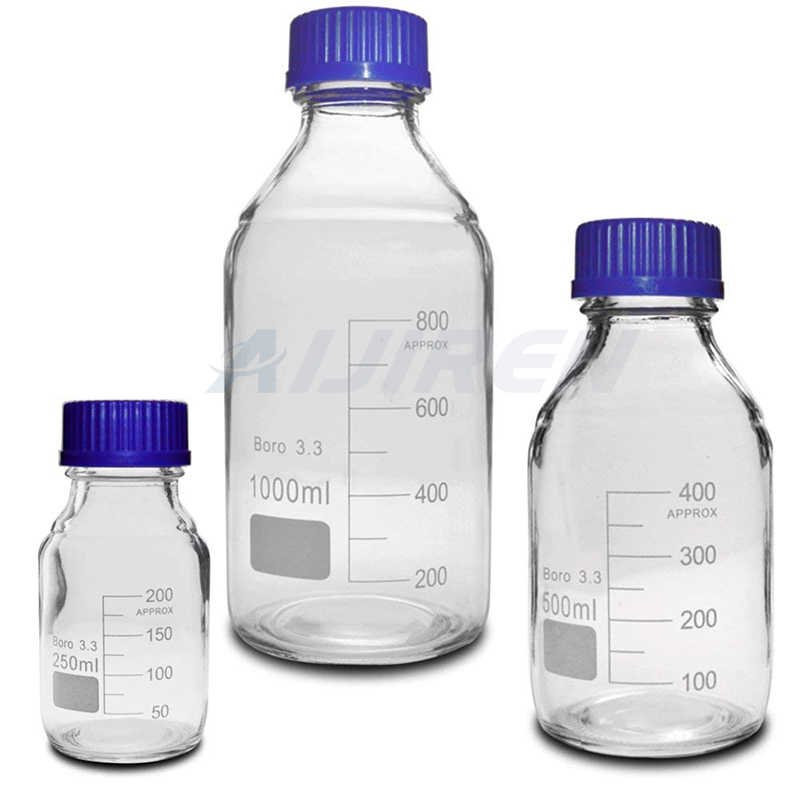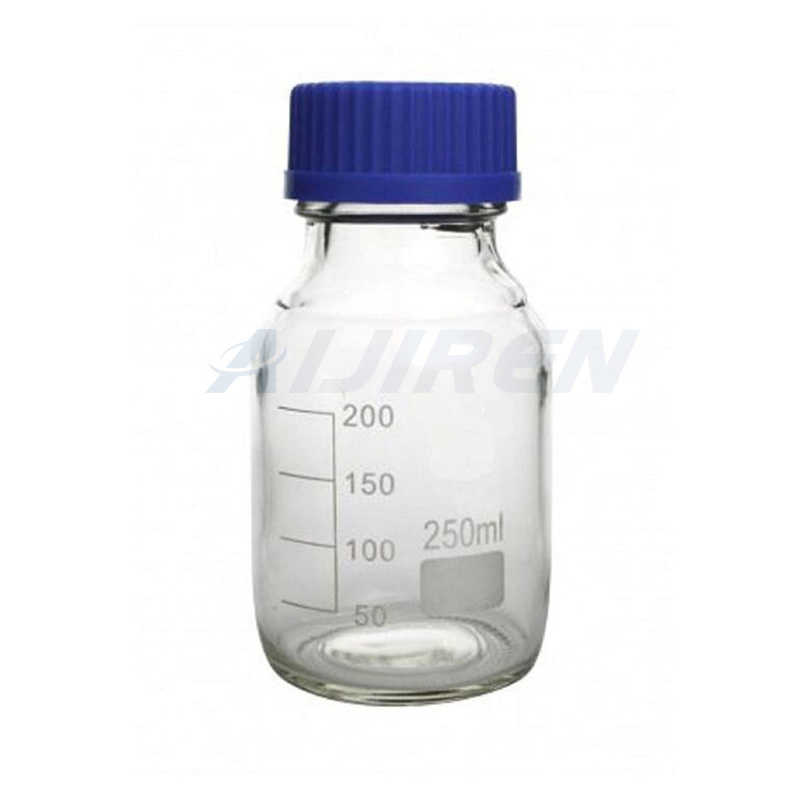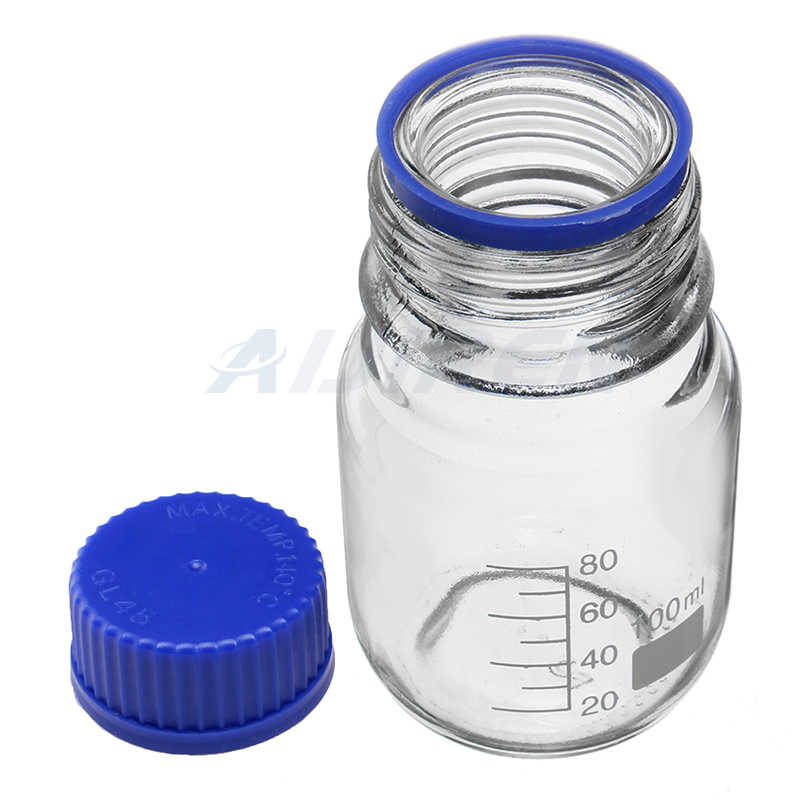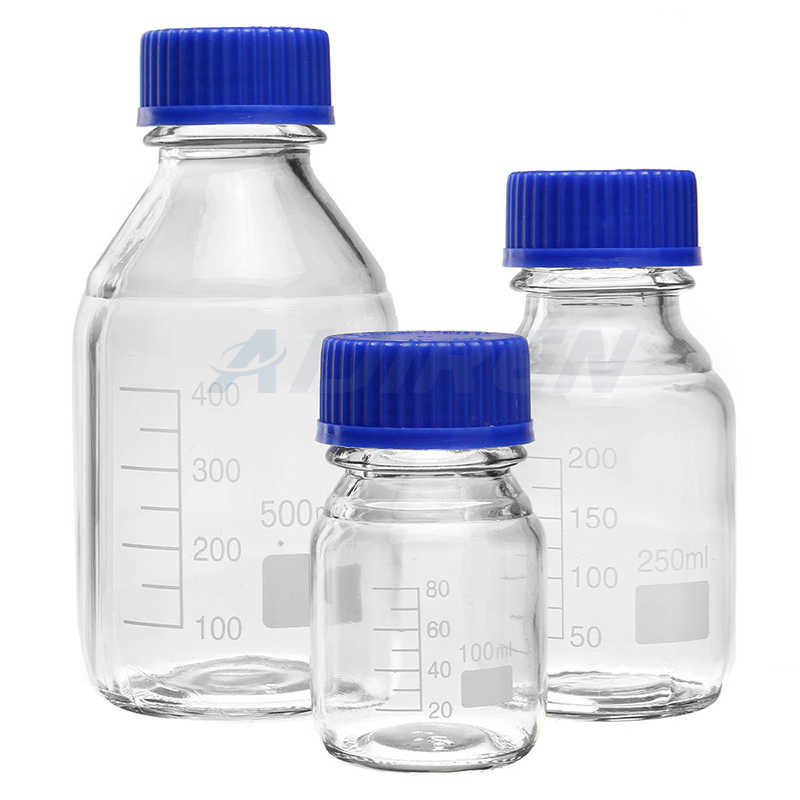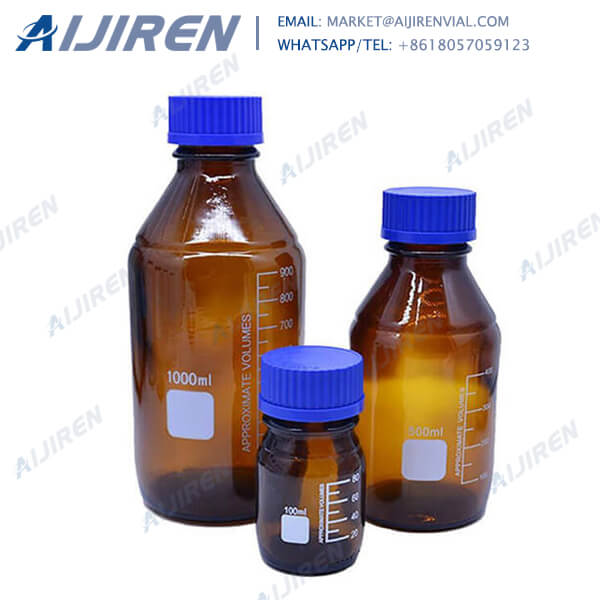Vial with septum for analysis purposes
-
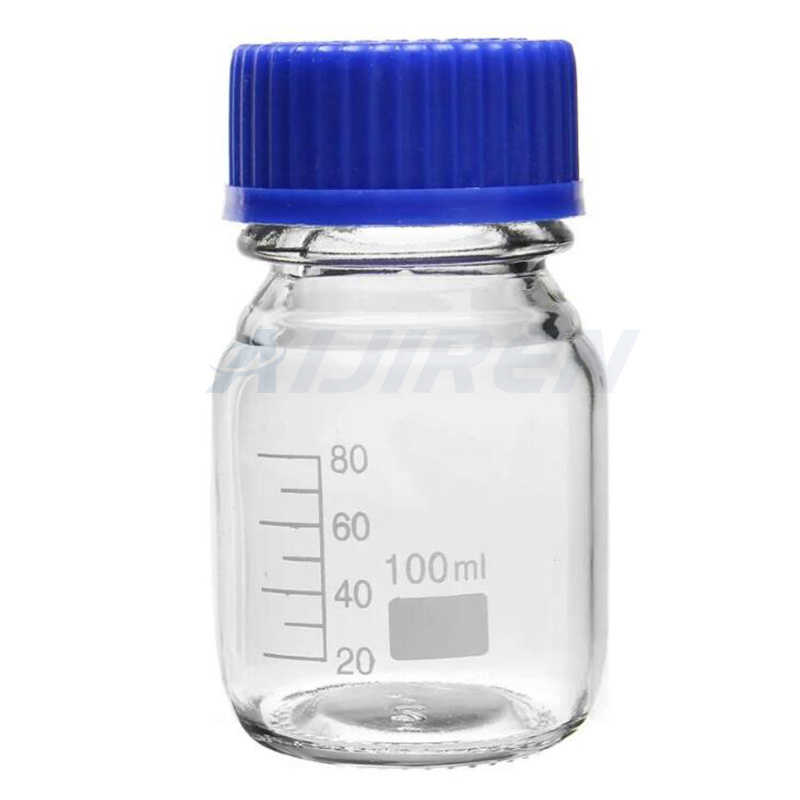
FAQ for Optimizing COVID-19 Vaccine Preparation and Safety - ASHP
vial septum for multiple uses. This provides a direct route for microorganisms to enter the vial and contaminate the fluid.” Both the Pfizer-BioNTech and Moderna COVID-19 Vaccines are preservative free. The use of vial adapters and dispensing pins cause concern for a variety of reasons: • Syringes will be filled with exact dose (e.g., 0.3
Get Price -
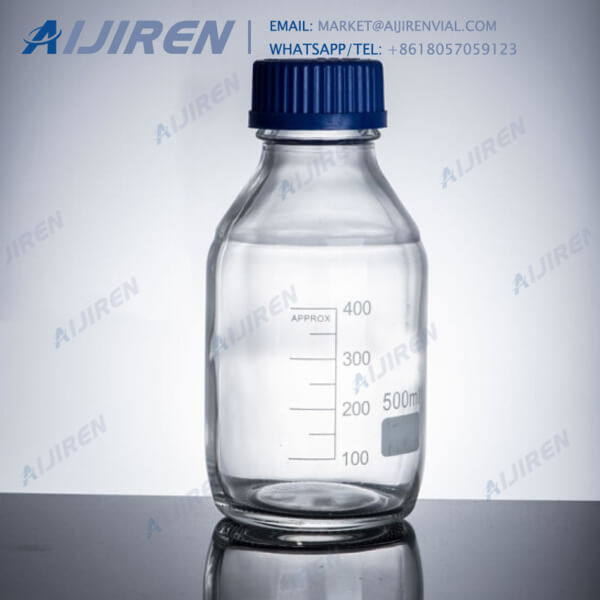
Analytical Vials - MilliporeSigma
Analytical Vials. Vials play a significant role in analytical analysis and result reproducibility. Vials must be inert and free of extractables or leachables to prevent affecting results. Using certified, application-specific, contaminant-free vials can significantly reduce risk. We offer a broad spectrum of Supelco ® products including
Get Price -

The importance of chemical composition for vial performance
More information about this effect and the full chemical composition of the borosilicate glass that Aijiren uses to manufacture its vials can be found here. The Aijiren specification • The COE of Aijiren vials is 32–33±1.5 for clear glass, and 48–56±1.5 for amber glass • All vials meet ASTM E438 ‘laboratory class glass’ standards
Get Price -
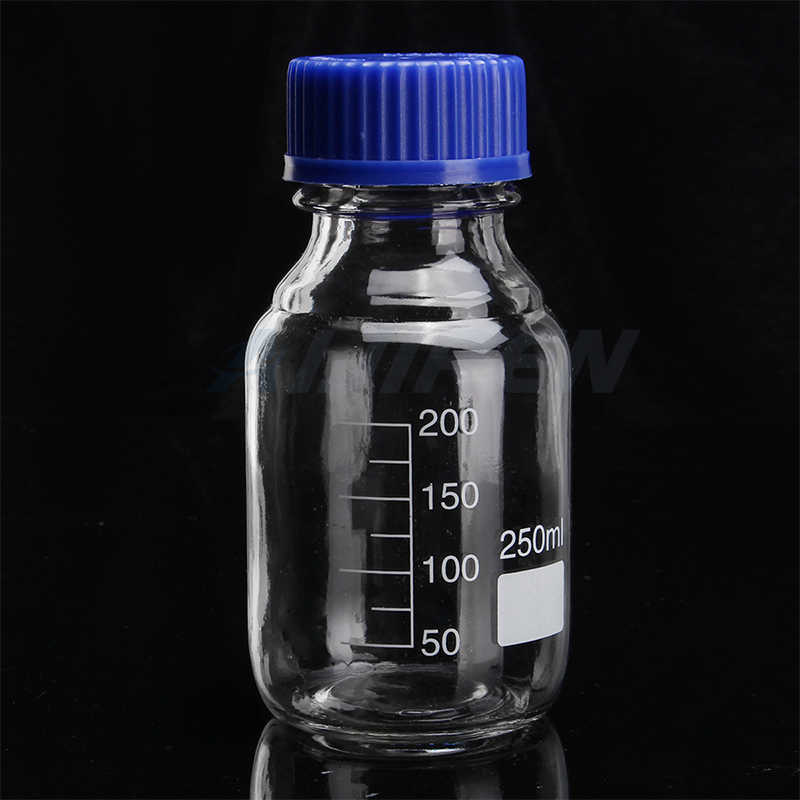
Evaluation of Septa Quality for Automatic SPME–GC–MS Trace
A cluster analysis confirmed that septa brand 9 and 7 are quite different. Time-dependant emission has been investigated for septum butyl–PTFE (brand 1), and the results are presented in Figure 2. The first sample was measured 5 min after crimping. The second vial was used 1 h later, and the last three were sequentially injected in 1 h intervals.
Get Price -
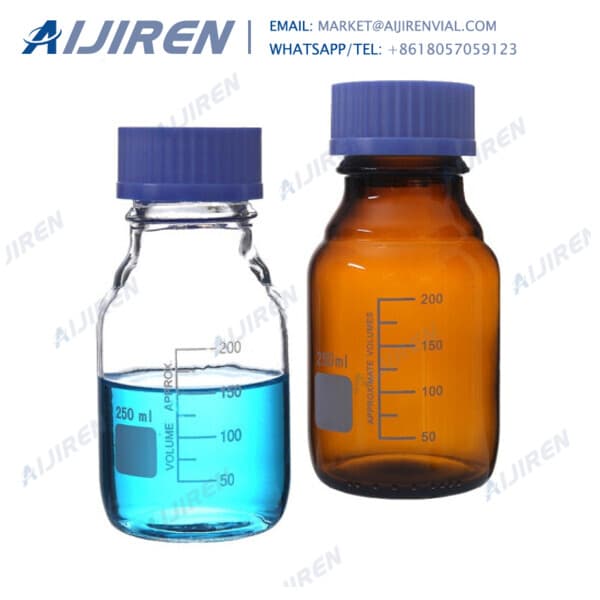
What is a HPLC Vial Septa?
Jul 23, 2020 · By definition, According to the definition, Septa is a circular gasket made of Silicone or silica gel. In HPLC analysis, Septa is usually placed in the Cap of the HPLC Vial to seal the HPLC Vial to ensure that there is no gap between the Cap and the Vial.Aijiren's Septa uses a double-sided material, and the combination of PTFE and Silicone
Get Price -
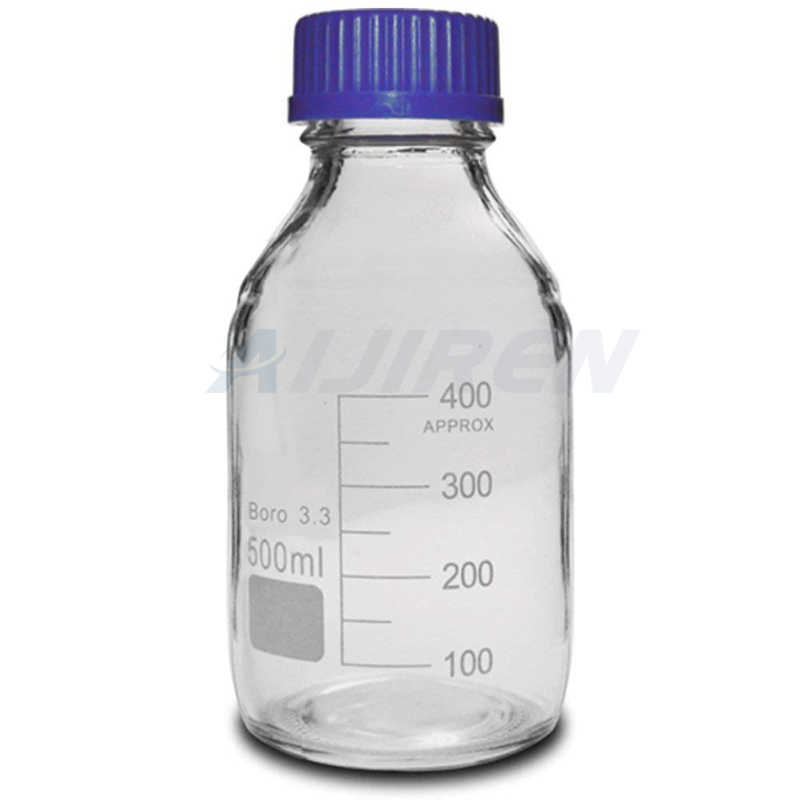
Septum Vials - Infochroma
6 vial diameters. besides standard dimensions, several in between sizes with every vial diameter. all cap sizes available in the colours blue, green, red, yellow, white & black. packed in square sleeve box with a grid divider (100 pcs.) sleeve box ideal for storing your samples at room temperature and in the freezer. Filter. Glass type. Diameter.
Get Price -

Septa Selection Tool | Thermo Fisher Scientific - IN
The septum you choose for your autosampler vial can impact sample evaporation, sample security, needle bending and blockages, and instrument down time. Don’t let the complexities of septa selection slow you down. Use the simple online Thermo Scientific SureSTART Selection Guide to find the right septa and vial for your analysis.
Get Price -
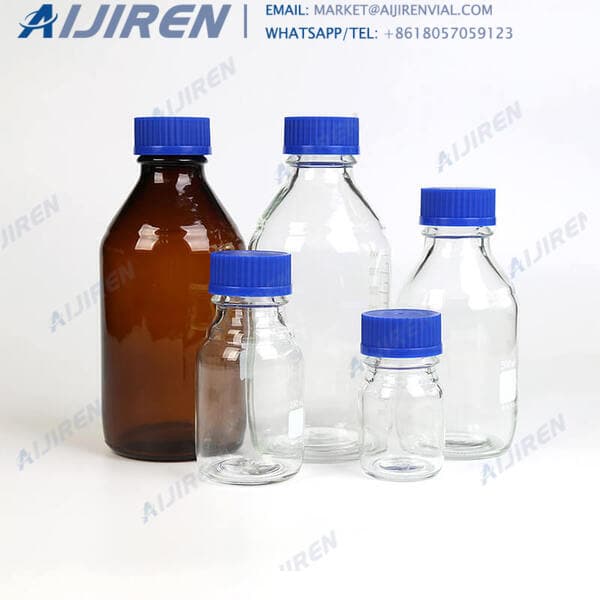
Aijiren Certified Vials, Caps and Septa - Postnova
Clear vials with write-on spot, blue screw caps, PTFE/red silicone septa 100/pk Amber vials with write-on spot, green screw caps, PTFE/red silicone septa 100/pk 5182-0554 Clear vials, blue screw caps, PTFE/silicone/PTFE septa 100/pk 5182-0555 Clear vials with write-on spot, blue screw caps, PTFE/silicone/PTFE septa 100/pk 5182-0866
Get Price -
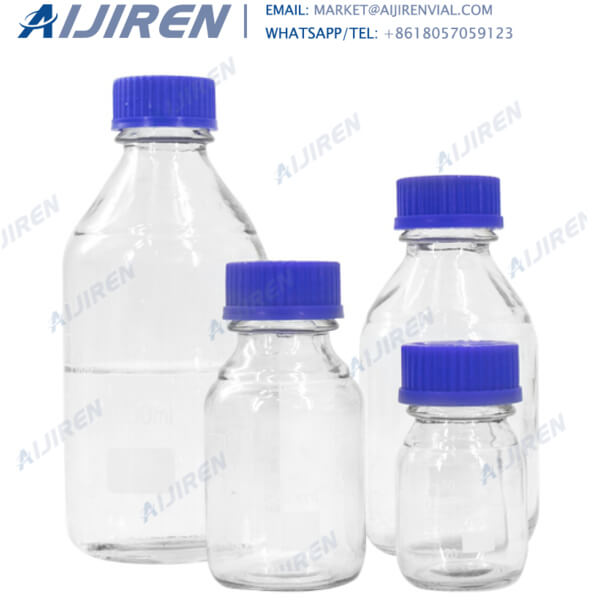
Screw Cap Septum Vials - Thermo Fisher Scientific
Catalog number: TS-13019. For a convenient, versatile, and cost-effective vial and closure system, choose Thermo Scientific™ Screw Cap Septum Vials. Made of autoclavable borosilicate glass and available with a wide assortment of special closures and accessories, these vials are ideal for sample collection and small derivatization reactions
Get Price -

Multiple Headspace Extraction for the Quantitative - Aijiren
vial is vented to atmosphere, re-equilibrated, and the next subsequent extraction performed. Between two consecutive extractions, the vial is being equilibrated on probe, that is, during this period, the sample probe remains in the vial after its first piercing of the vial septum to avoid leakage that could result from multiple piercing.
Get Price -
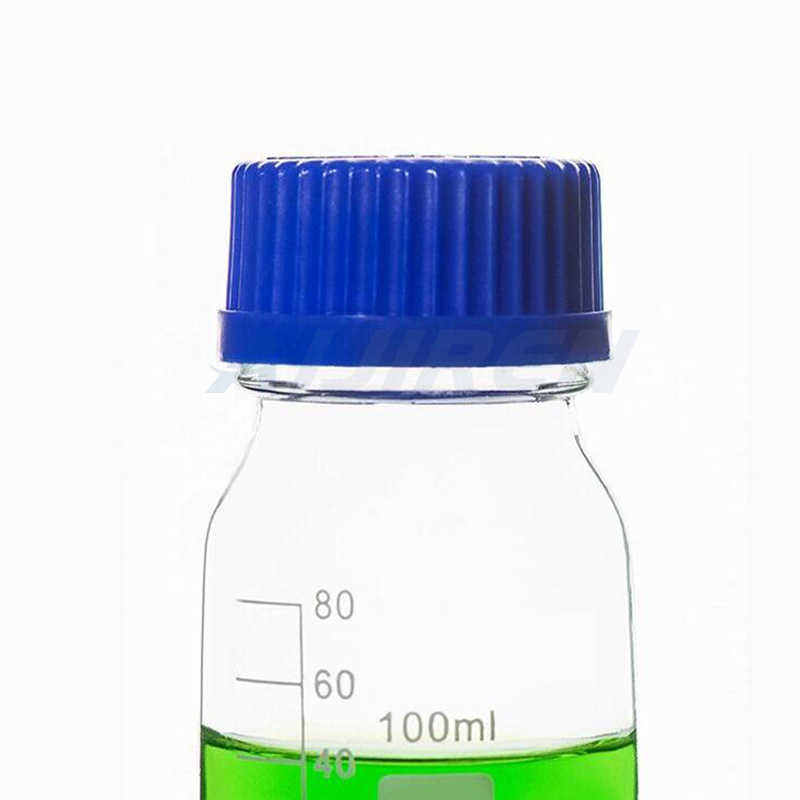
Closures for Headspace vials - Infochroma
Butyl rubber and Butyl rubber/PTFE septum. Butyl is a synthetic caoutchouc, which is temperature resistant from -40° C to 120° C. Without the PTFE layer this septum is an economic alternative for non-critical analysis (eg. in breweries or for blood alcohol analysis). With a PTFE layer this septum is also suitable for critical analysis.
Get Price -
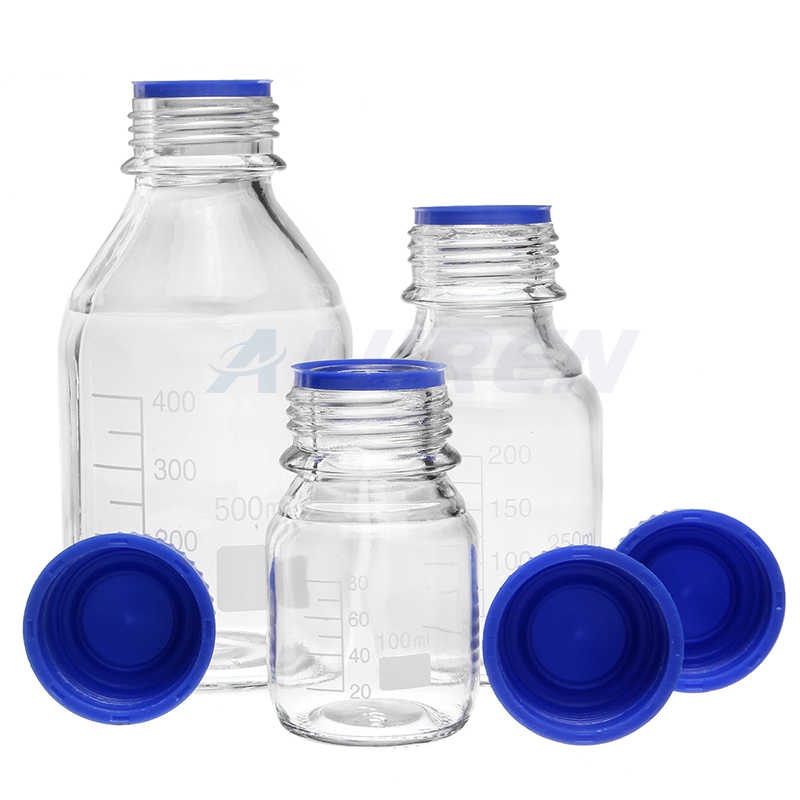
Simplifying GC Syringes and Sample Introduction - Aijiren
General purpose, excellent choice for transferring liquids from ampoules or vials. For manual GC injections, a bevel tip is preferred for optimum septum penetration with minimal coring. Side hole tip/PS 5 Recommended for thin gauged septa and large volume- or gas injections. Cone tip/PS AS/PS HP (shown) Used in Aijiren autosamplers
Get Price -
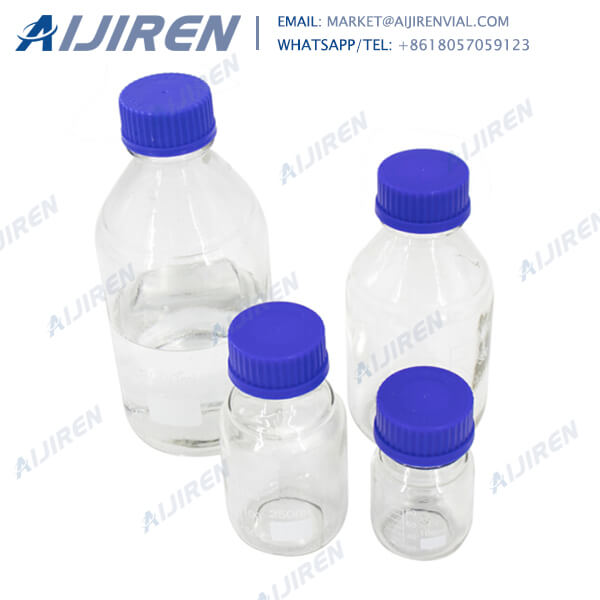
Septum Selection Guide Vials and Closures - Fisher Sci
The septum is provided with a thin 0.005” PTFE layer laminated to highly pure silicone, and slit through the center for easier needle penetration and to release the vacuum that forms when a large volume of sample is withdrawn from a vial.
Get Price -
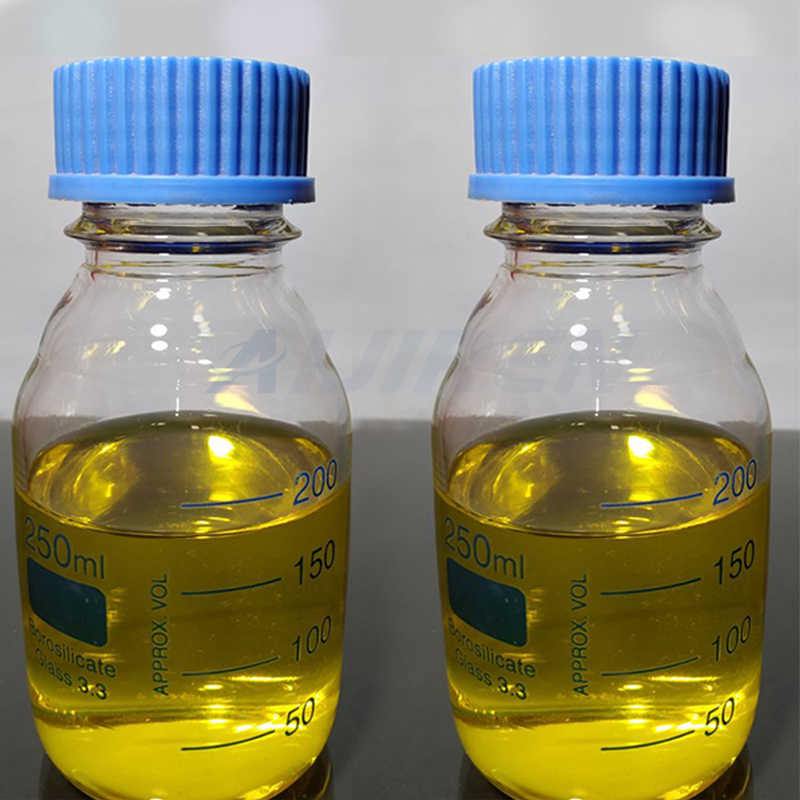
An Aijiren Septum is Not Just a Septum
The septum forms a barrier between your sample analyte in the vial and the outside atmosphere. This barrier protects your sample from external contamination while allowing a needle (from a manual or automatic syringe) to enter the vial, and extract the sample for the next stage of separation.
Get Price -

Vials - Chemical Analysis, Life Sciences, and Diagnostics
Vials Vials, caps, and septa are a critical link to optimal analysis. Each septum is specified to complement the overall system and enhance chemical performance. As with all Aijiren components, rigorous testing and product specifications are done before offering the product.
Get Price

